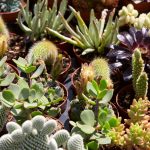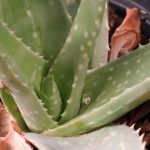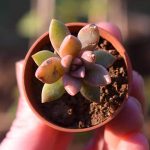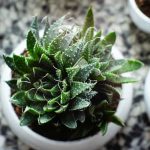Considering adding Aloe Vera to your garden but unsure about its sunlight requirements? The plant can thrive in full sun, partial shade, and even shaded areas. It’s essential to comprehend the distinctions between direct and indirect sunlight. Gardening expert Emily Horn breaks down everything you need to know about catering to this popular succulent’s sunlight needs.
Embarking on the journey of nurturing Aloe Vera indoors but puzzled about its sunlight needs? The terminology surrounding plant sunlight requirements can be daunting. While Aloe Vera is generally low-maintenance, understanding its light preferences is crucial.
Full sun, partial sun, partial shade, direct sunlight, and indirect sunlight are terms that often confuse new plant owners on where to position their plants.
If you’ve recently introduced an Aloe Vera plant to your indoor or outdoor space, you’ve landed in the right place. Let’s delve deeper into Aloe’s sunlight requirements and learn how to optimize conditions for its growth.
Quick Tip: Aloe Vera’s Sunlight Needs
Aloe Vera thrives in locations with full, indirect sunlight. “Full sun” refers to more than 6 hours of sunlight daily, while indirect sunlight is a well-lit area where sunlight doesn’t directly hit the plant. To avoid leaf sunburn and rapid drying, position the plant behind window coverings or slightly away from direct sunlight exposure.
Aloe Vera’s Natural Habitat
Aloe Vera, originating from arid, desert-like climates, typically reaches a height of 24″. It grows as an undergrowth plant, often beneath larger desert species such as Desert Ironwood or Mesquite, receiving filtered light through their foliage.
This filtered light exposure ensures Aloe Vera receives sufficient light to prevent elongation without the risk of sunburn.
Full Sun/Partial Sun Comparison
Understanding the disparity between full sun and partial sun is vital. Full sun implies receiving 6+ hours of sunlight, dependent on light intensity. While east and west exposures also offer full sun, timing also determines it.
On the other hand, partial sun/shade encompasses 3-6 hours of sunlight, predominant in east and west-facing windows. Avoid placing Aloe Vera in north-facing windows, as they offer insufficient light.
Consider seasonal sun exposure changes, like shade from summer foliage or winter’s unobstructed sunlight, necessitating relocating your plant for optimal growth.
Direct vs. Indirect Sunlight


Direct sunlight, where the sun’s beams shine through a window creating a sunny spot, can be detrimental to houseplants due to its intense light. Few plants can endure full direct sun exposure all day long, risking damage from the high light intensity, which can sometimes be harmful.
On the contrary, indirect light, which is dispersed or filtered light, is more suitable for plants. Greenhouses often use specialized glass coatings to break light into even particles for better distribution. At home, window coverings like blinds or curtains can serve a similar purpose, offering plants the indirect light they prefer.
Aloe vera, native to desert regions where sunlight is abundant, thrives in indirect light. Excessive direct sun exposure can lead to sunburn, causing leaves to turn reddish-brown and develop brown tips. These symptoms can be confused with watering issues, emphasizing the importance of proper lighting for plant health.
Symptoms of Too Much Light
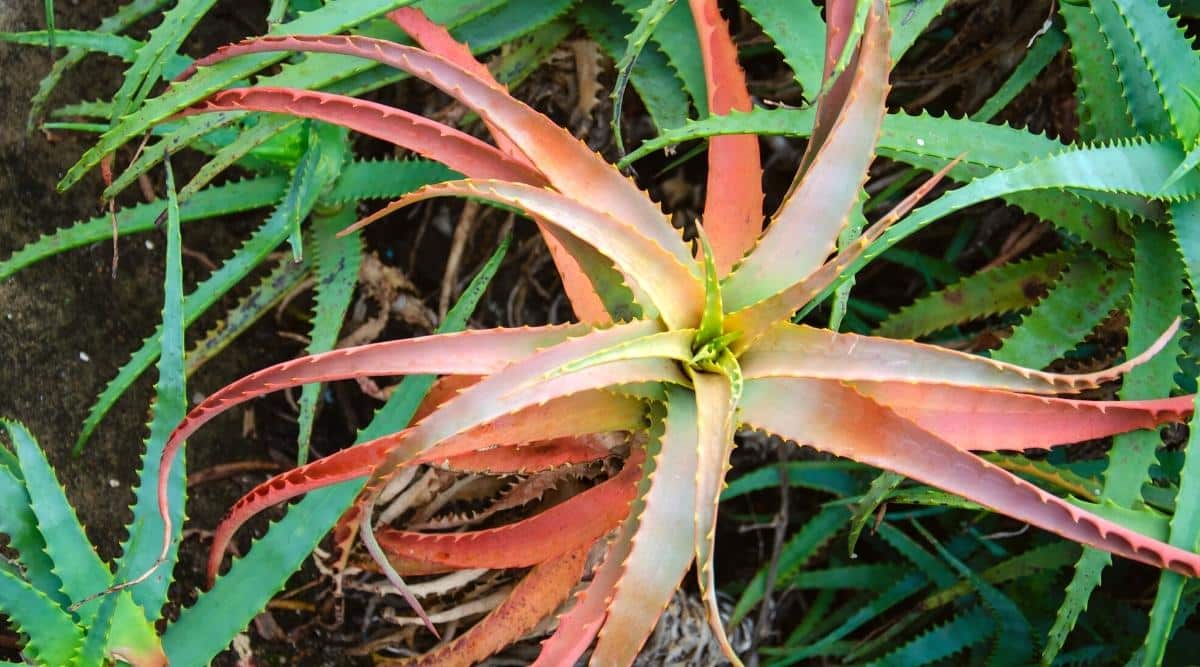

Too much direct sunlight can result in aloe vera plants developing sunburn, leading to reddish-brown or grey leaves, browning leaf tips, and discoloration. These symptoms can be mistaken for watering issues, underscoring the significance of providing the right amount of light for your plant’s well-being.
Symptoms of Too Little Light
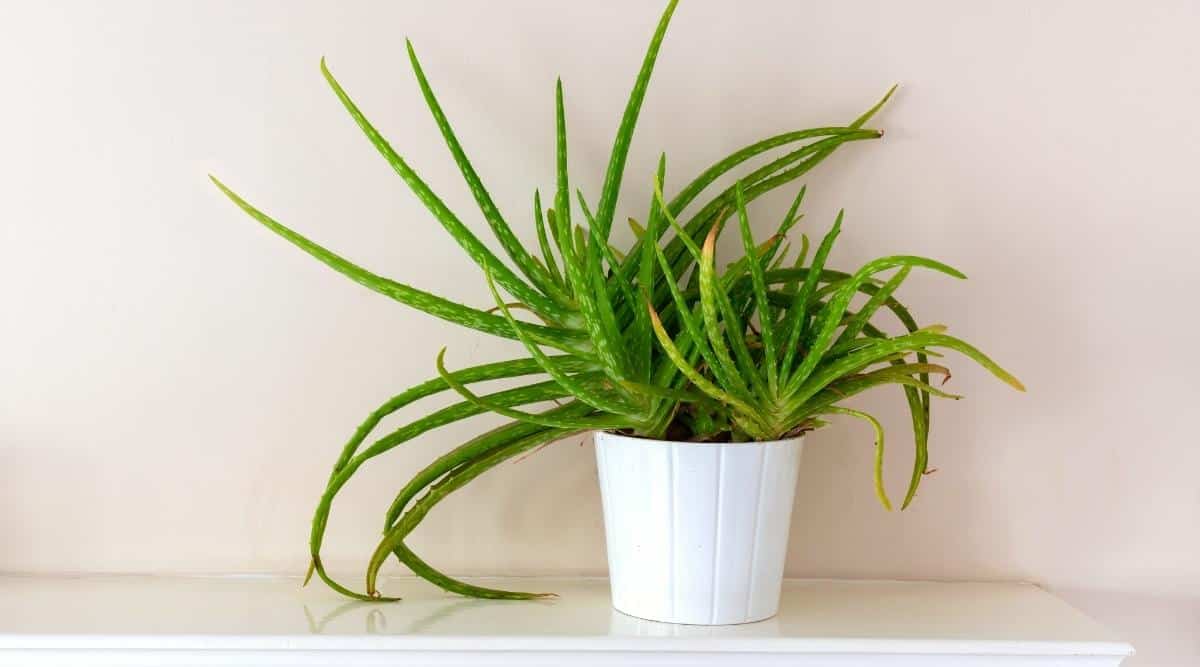

Insufficient light can lead to aloe vera plants stretching out in search of more light, resulting in weakened stems that are more prone to breakage. Additionally, lack of sunlight affects the plant’s ability to photosynthesize, causing leaves to turn yellow instead of staying green. Proper lighting is crucial to prevent such issues in aloe vera plants.
Acclimating to the Outdoors
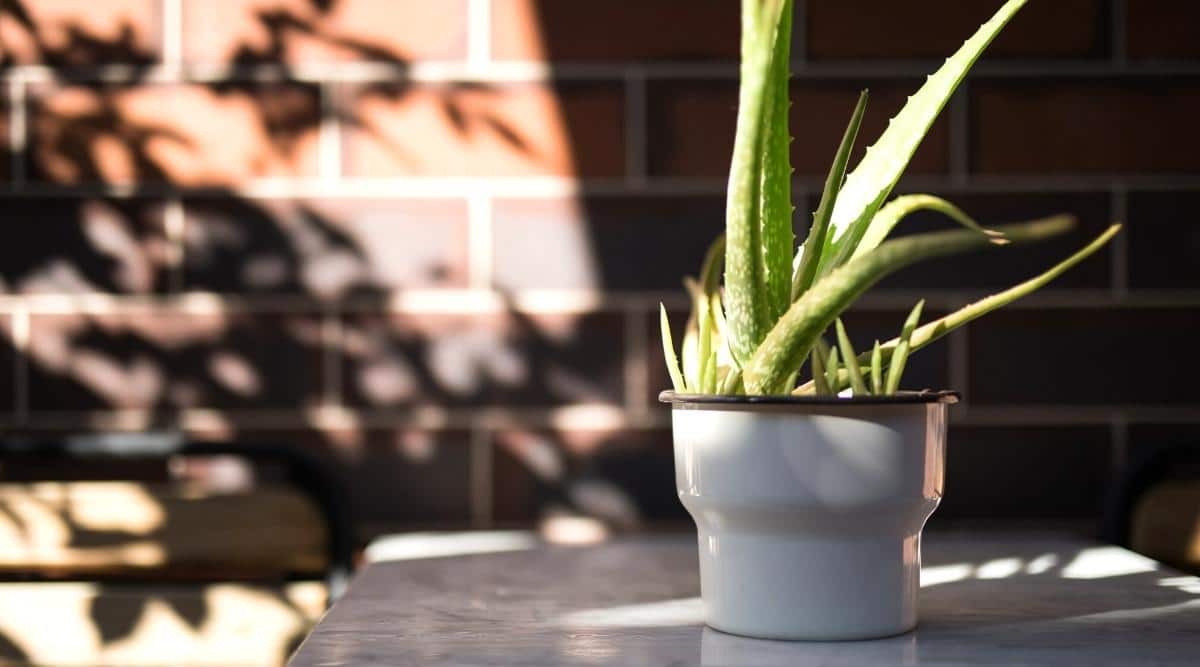

When summer comes, the idea of moving your plant outside might occur to you. To ensure your aloe plant transitions smoothly, it’s advisable to gradually get it accustomed to the outdoor surroundings to prevent any harm to its leaves.
The duration required for acclimatization to outdoor conditions can vary depending on your specific environment. However, typically, allowing 7-10 days should suffice for your aloe to adapt comfortably to its new summer habitat.
For the initial days, position your aloe in a shaded spot, away from direct sunlight. Progressively, from the third day onwards, expose your aloe to a bit more sunlight, preferably during the early morning or late evening to shield it from the harsh midday sun.
After the sixth day, introduce your plant to more sunlight. By the 10th day, your aloe should be well-adjusted to its outdoor living, ready to face the elements and sunlight emerging its way, yet remembering to avoid direct exposure. Filtered sunlight remains optimal even in outdoor settings.
Final Thoughts
Understanding the different sunlight requirements is key in determining the most suitable spot in your home for your aloe vera plant. Should your aloe exhibit any leaf issues, consider it as its way of communicating its needs due to the environment it’s in.
Aloe plants are resilient, so don’t fret if the initial placement doesn’t work out; simply try a new location and observe patiently how the change in lighting affects it. Growing indoor plants often involves experiments, and this low-maintenance plant is an excellent starting point for your houseplant journey.


